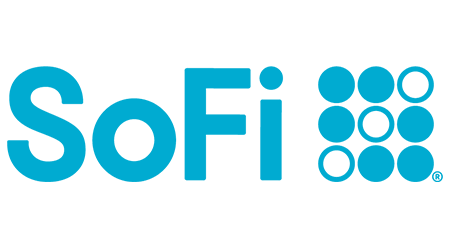
- 0.50% APY on checking balance
- Up to 3.80% APY on savings
- $0 account or overdraft fees
- Get up to a $300 bonus with direct deposits of $5,000 or more
The dollar is one of the world’s most stable currencies and is the only currency accepted in the US. If you’re traveling to the states, you’ll have no problem using your credit card. Banks are common and ATMs are inside most corner stores as well.
Read on to find out which cards will work cheapest in the United States of America.



You’ll find most Americans rely on their credit card or debit card to make purchases as much as cash. There are times when you’ll need to pay cash — if you’re buying a drink at a small bar or a hotdog from a food truck.
However, you’ll see that most merchants in American cities are set up to handle card, contactless and mobile payments.
Use a combination of travel money products that don’t charge for currency conversion and have low or no international ATM withdrawal fees. A travel card or debit card combined with a travel-friendly credit card will give you a cost-effective way to make both over-the-counter purchases and ATM withdrawals in the USA.
Compare travel money options and apply for a card you can use to spend less in America to avoid throwing money at your bank while you’re visiting the US.
America is a society of credit and any card you use will likely be accepted if the retailer can handle card payments. Contactless payment terminals are common at places like Walmart, Target, Kmart and other major retailers.
Explore top debit cards with no foreign transaction fees and travel credit cards by using the tabs to narrow down your options. Select Compare for up to four products to see their benefits side by side.
The Finder Score crunches over 300 checking accounts from hundreds of financial institutions. It takes into account the product's monthly fees, overdraft fees, opening deposit, customer support options, ATM network and features — this gives you a simple score out of 10.
To provide a Score, Finder’s banking experts analyze hundreds of checking accounts against what we consider is the best option: no monthly fees, no overdraft fees, a large ATM network of 50,000 or more, additional features outside of typical banking services, and the optional perk of earning interest. Accounts that are nearly free to maintain and use are scored the highest, while accounts with costly fees and few features are scored the lowest.
The Finder Score is a simple score out of 10. The higher a savings account's score, the better we think it is for the average customer.
We score each credit card in our database of hundreds based on a data-driven methodology with 3 main criteria: Does the card offer rewards? Does the card have an annual fee? What's the card APR%?
You can use any Mastercard or Visa branded debit card in the United States. The Visa or Mastercard exchange rate applies to foreign currency transactions. This rate is as close to the market rate you can get using a travel product overseas.
Although Visa, Mastercard and American Express are accepted everywhere, not all prepaid cards have your name printed on the front, which may cause the merchant to reject them. These instances may be limited to smaller shops. You may be better off using a credit or debit card instead.
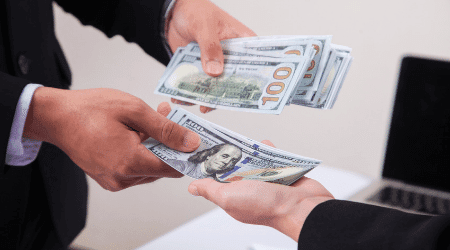
Dollar bills can give you the impression your wallet is fatter than it actually is. And although you can get by using your card for most purchases, there are times when you’re going to need cash. The US has a culture of tipping, it’s a substitute for low wages. You’ll likely need cash to tip, especially if you’re at a bar, restaurant, club or hotel.
Traveler’s checks were once a staple for any overseas trip. In recent times, card acceptance and security have made these travel money products a burden.
Have you ever found yourself in the country with a wad of foreign cash? It can be all too easy to give a fifty instead of a five. Don’t get ripped off. Familiarize yourself with US currency before you leave.
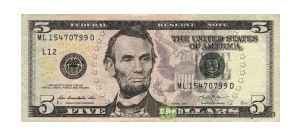 | 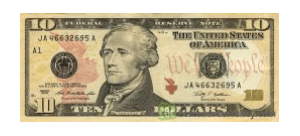 | 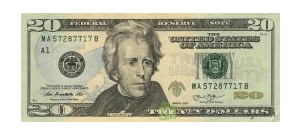 |
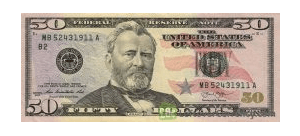 | 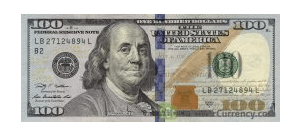 |
In addition to the standard $1 to $100 bills, America also has notes to cover larger denominations.
There’s an old saying first coined in Reader’s Digest, once you’re finished packing your suitcase, take out half the clothes and take double the money. Ultimately, how you take your money is up to you. Someone couch-surfing in San Francisco will have a different budget than someone on a New York shopping holiday. All prices are in US dollars.
| New York | Budget | Mid | Top |
|---|---|---|---|
Accommodation | Hostel $30 to $60 per night | Hotel or motel $150 per night | 5-star hotel or luxury suite $350 per night |
Meals | Food truck $5 to $10 | Restaurant $20 to $40 | 5-Michelin star restaurant $50 a plate |
Activities | Free festivals year round in American cities | Guggenheim Museum $25 | Broadway Musical $200 to $800 |
*Prices are approximate and are subject to change.
While the USA is a pretty safe travel destination, accidents can happen anywhere. Don’t leave yourself with a large bill for out-of-pocket medical expenses.
Protect yourself financially with travel insurance. Travel insurance can cover you for:
How to pay, how much to bring and travel money suggestions for your trip to New Zealand.
How to pay, how much to bring and travel money suggestions for your trip to Thailand.
How to pay, how much to bring and travel money suggestions for your trip to Vietnam.
How to pay, how much to bring and travel money suggestions for your trip to Mexico.
How to pay, how much to bring and travel money suggestions for your trip to Portugal.
How to pay, how much to bring and travel money suggestions for your trip to Germany.
How to pay, how much to bring and travel money suggestions for your trip to Ecuador.
How to pay, how much to bring and travel money suggestions for your trip to Canada.
How to pay, how much to bring and travel money suggestions for your trip to Japan.